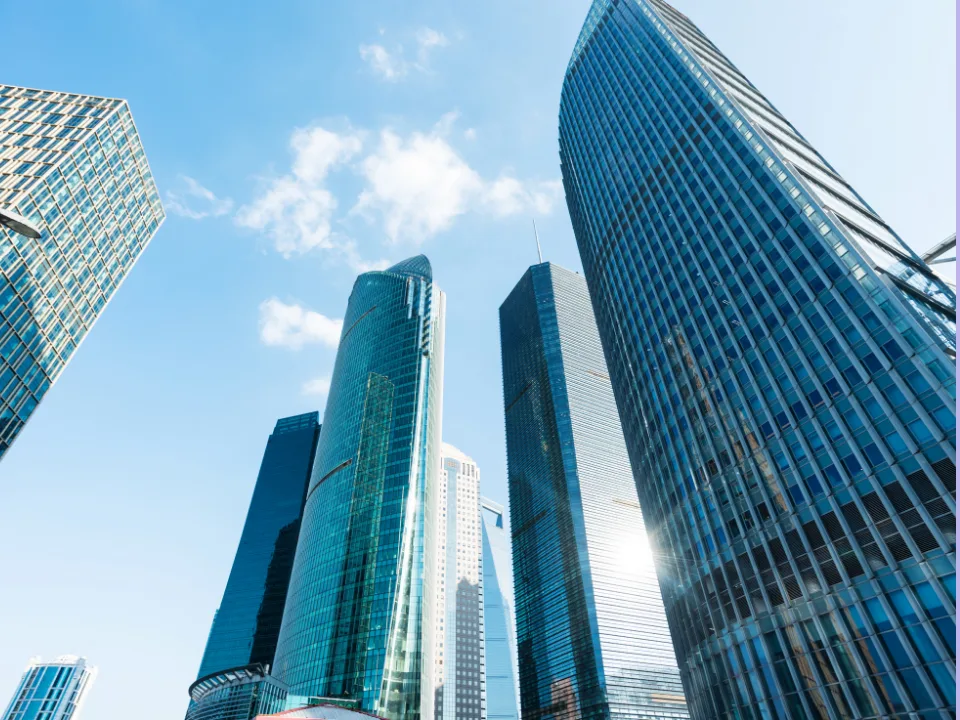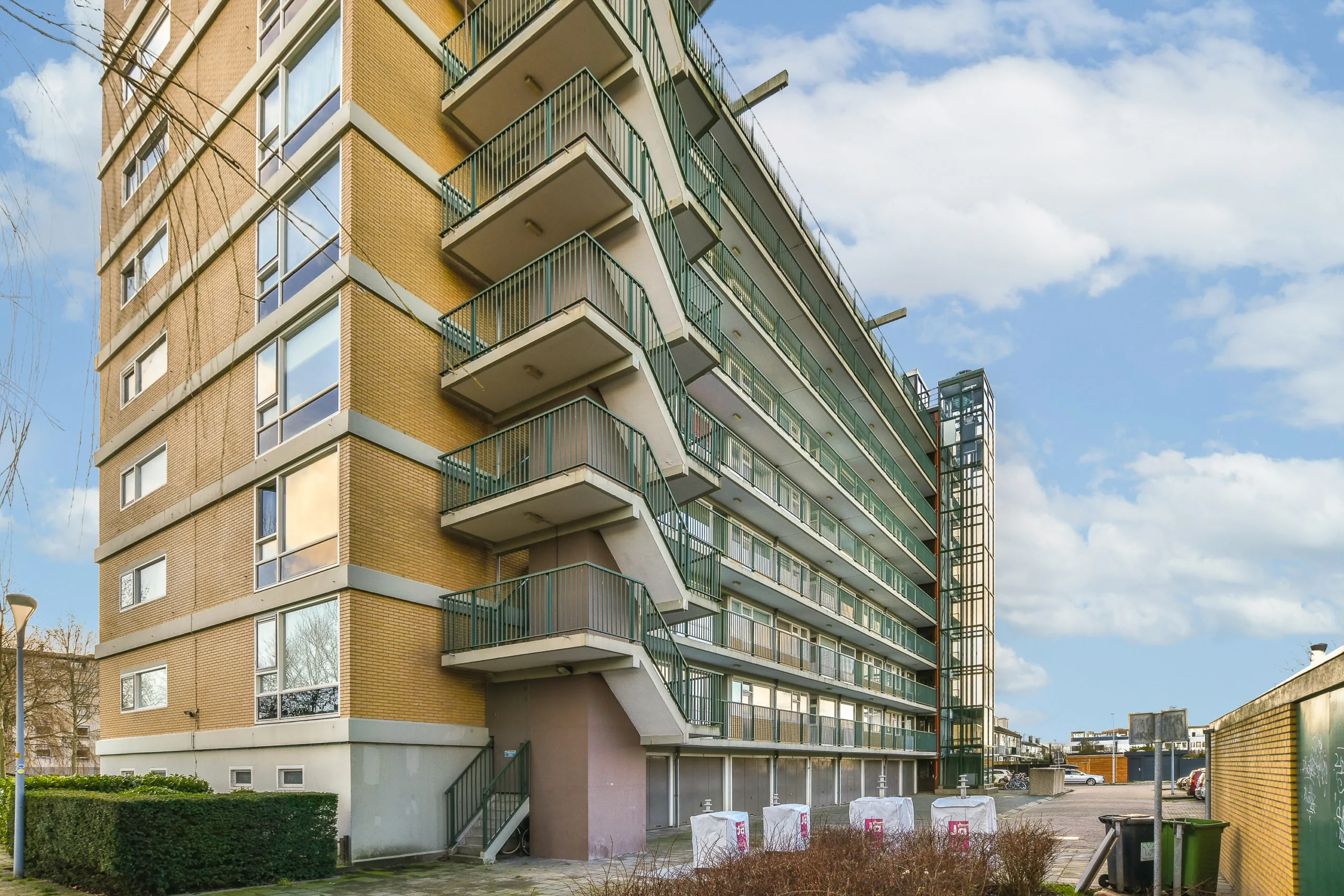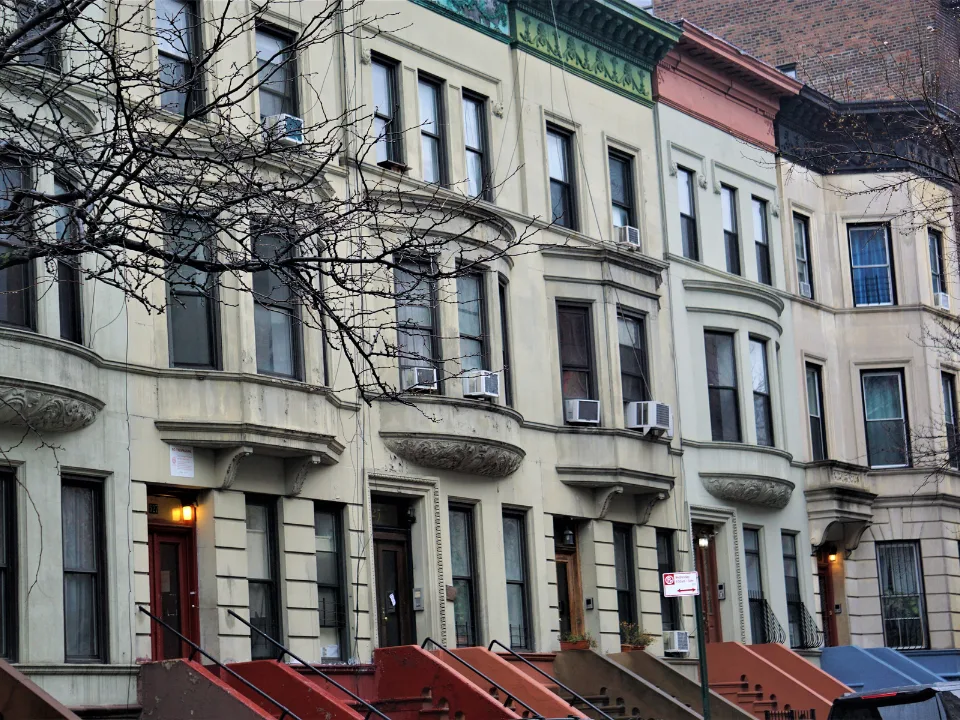- Office leasing activity is rebounding, with landlords like Piedmont and Highwoods reporting the strongest demand since before the pandemic.
- Leasing volumes are approaching 2019 levels, and some REITs have raised their annual forecasts as tenants sign longer and larger leases.
- Modern, amenitized buildings are outperforming older ones, driving a split recovery in the office market where Class A space continues to command strong interest.
A Return To Form
After a rocky few years, the US office sector is showing signs of a sustained rebound, reports CoStar. Major landlords such as Piedmont Office Realty Trust and Highwoods Properties report leasing activity at levels not seen since COVID-19 disrupted the sector in 2020.
According to a CoStar analysis, office leasing in Q1 2025 nearly matched pre-pandemic benchmarks, signaling that the market has entered a bona fide recovery phase. With new construction at a standstill, executives expect the national vacancy rate—currently stuck at 14%—to trend downward as demand outpaces supply.
Landlords Raise Forecasts
Piedmont, which owns about 16M SF of office space, has already leased over 850K SF year-to-date, including 500K SF since April. Roughly 70% of that is from brand-new deals, helping boost overall portfolio occupancy. The firm has now revised its full-year leasing forecast upward to 2M SF, up from an initial range of 1.4 to 1.6M.
Similarly, Highwoods Properties has signed more than 750K SF in new leases since April. CEO Ted Klinck noted that demand is concentrated in premium, well-located assets—reinforcing the trend that newer, amenitized properties are outperforming legacy inventory.
Get Smarter about what matters in CRE
Stay ahead of trends in commercial real estate with CRE Daily – the free newsletter delivering everything you need to start your day in just 5-minutes
Premium VS. Everything Else
The market’s gains are far from universal. Class A buildings in top-tier markets are leading the recovery, with vacancy rates of 13%, compared to 19% for lower-quality buildings, according to CBRE. On peak days, office use at the highest-end properties exceeds 90% of pre-pandemic levels, reaching 94% on Tuesdays, per Kastle Systems.
Lease sizes are still smaller—about 15% below the average from 2015–2019—but the volume and quality of deals are helping to stabilize the sector. “Smaller occupiers continue to upgrade their spaces,” CoStar notes, while large users are staying put amid slower headcount growth.
Looking Ahead
Despite post-COVID economic headwinds and ongoing global uncertainty, office owners are ramping up investment in high-performing properties. Highwoods and Cousins are actively upgrading their portfolios, while BXP recently broke ground on a rare new development in Washington, DC.
Meanwhile, Tishman Speyer completed its first office acquisition since 2019—paying $106M for a fully leased SoHo building in New York—citing growing confidence in the city’s post-COVID office leasing environment.
Why It Matters
The strong leasing performance of premium office assets may be the clearest indicator yet that the market has found its post-COVID footing. While the recovery remains uneven, landlords with modern, well-located buildings are regaining pricing power and positioning for long-term growth.
















